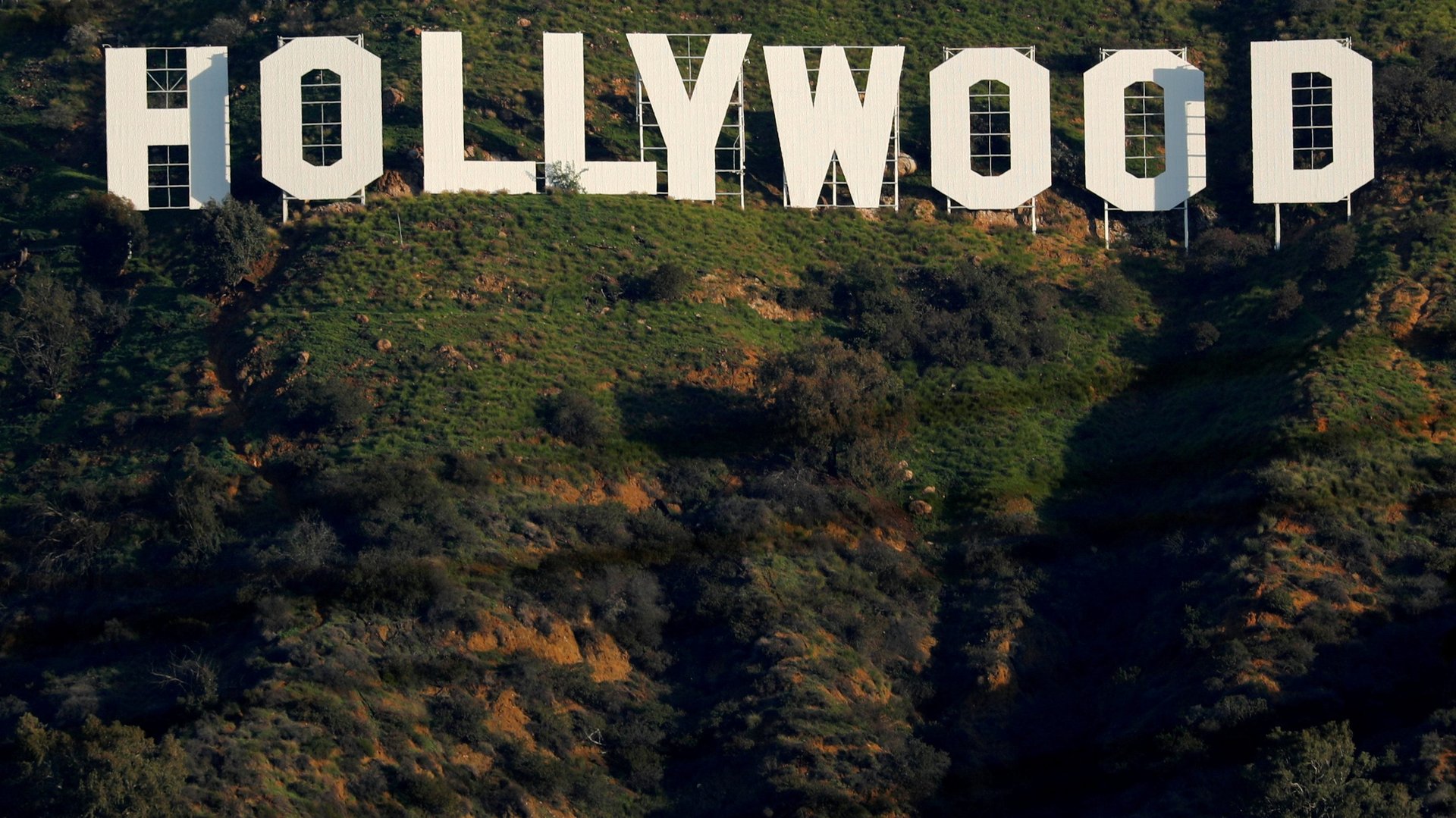Why Hollywood crews have authorized a strike
Members of a union representing film and television crew members across North America voted overwhelmingly over the weekend to authorize a strike, bringing Hollywood productions one step closer to shutting down if a contract negotiation with major studios is not resolved soon.


Members of a union representing film and television crew members across North America voted overwhelmingly over the weekend to authorize a strike, bringing Hollywood productions one step closer to shutting down if a contract negotiation with major studios is not resolved soon.
Talks between the International Alliance of Theatrical Stage Employees (IATSE), which represents film and television crew members throughout North America, and the Alliance of Motion Picture and Televisions Producers (AMPTP), the bargaining unit for producers with studios, broke down last month.
“The members have spoken loud and clear,” said IATSE president Matthew Loeb of the strike authorization, which had the support of nearly 99% of union members who participated. “This vote is about the quality of life as well as the health and safety of those who work in the film and television industry.”
AMPTP, meanwhile, is accusing the union of leaving the negotiating table.
If a strike goes through, 60,000 crew members ranging from editors to makeup artists to camera operators could walk out, bringing television and film projects to a halt. It would be the first in the union’s 128-year history.
What IATSE crew members want in their new contract
IATSE’s latest three-year contract expired in July, and the two parties have been trying to hammer out a new one since May. The union says the AMPTP still needs to work with them on addressing the following issues in their contract:
- Concerns about “excessively unsafe and harmful working hours”
- Fair wages for production workers, particularly those in the lowest-paid category of jobs
- Reasonable rest periods during meal breaks, between work days, and on weekends
- Better pay for workers on projects released exclusively via streaming, rather than in a traditional theater
By leaving the bargaining table, the IATSE “walked away from a generous comprehensive package,” the AMPTP said in a statement following the strike authorization on Oct. 4. The group said the contract they previously offered to the crew members’ union included improvements in rest periods and increases in wages and benefits, as well as increases in minimum rates for new media—likely digital—productions.
Film and television workers report longer hours
IATSE members argue the pressure to work long hours has grown worse in the streaming age, particularly as studios scramble to ramp up production time lost during Covid-19 shutdowns. The union said it received over 50 reports of 14+ hour workdays during the first seven months of 2021.
Film and television crew workers have been sharing stories about tough working conditions on social media, including on the Instagram account IATSE stories. One assistant costume designer wrote about nearly wrecking her car after working back-to-back shifts of more than 12 hours, while another production employee described working with an assistant camera operator who miscarried on set and was back at work the next day. Long hours were one major reason crew members wrote in to say they would vote to authorize a strike.
“It’s leaving people in these positions for much longer than people used to work in them and keeping them at very suppressed low wages,” IATSE Local 871 vice-president Marisa Shipley told the Guardian, noting that these workers often don’t make much more than California’s minimum wage of $15 an hour.
What happens if crew members go on strike?
AMPTP said in a statement it is committed to working with the IATSE to avoid a strike, adding that reaching a deal “will require both parties working together in good faith with a willingness to compromise and to explore new solutions to resolve the open issues.”
Actors including Joseph Gordon-Levitt and Octavia Spencer have come out in support of the crew members, as have politicians including Elizabeth Warren and Adam Schiff.
The last major Hollywood strike was from 2007 to 2008, when 12,000 writers walked off the job. It lasted 100 days and caused production of shows to be delayed, shortened, and even canceled. While it’s unclear how long an IATSE strike would last, it would affect many more workers, with some 60,000 crew members involved in the current contract negotiation. Film and television shows produced by studios including Warner Bros. Pictures, Columbia Pictures, Apple TV, Netflix, and Disney+ would likely be impacted, according to the Hollywood Reporter.
This strike could extend well beyond Hollywood, too, with productions from the Hudson Valley to Canada potentially affected.